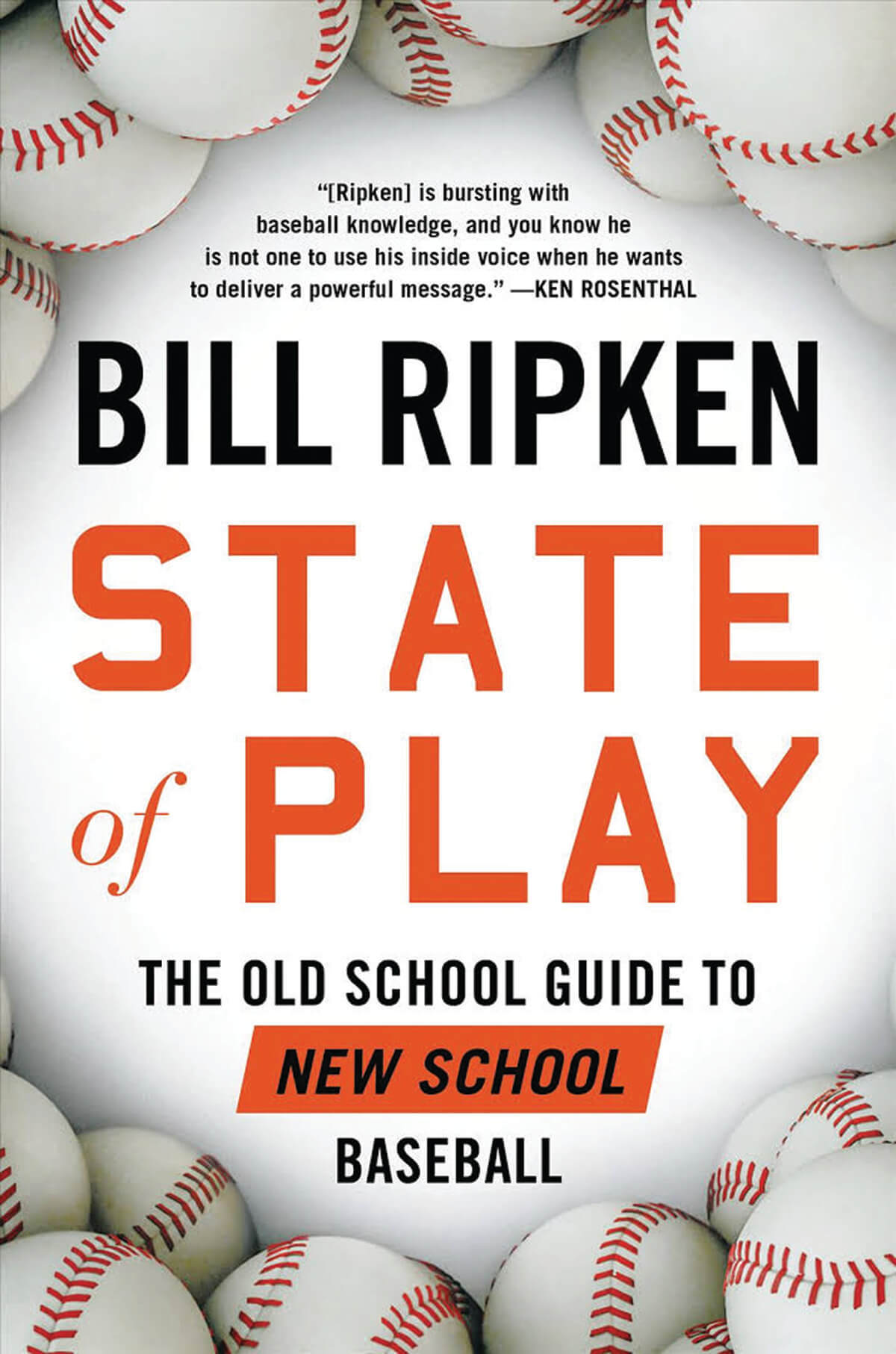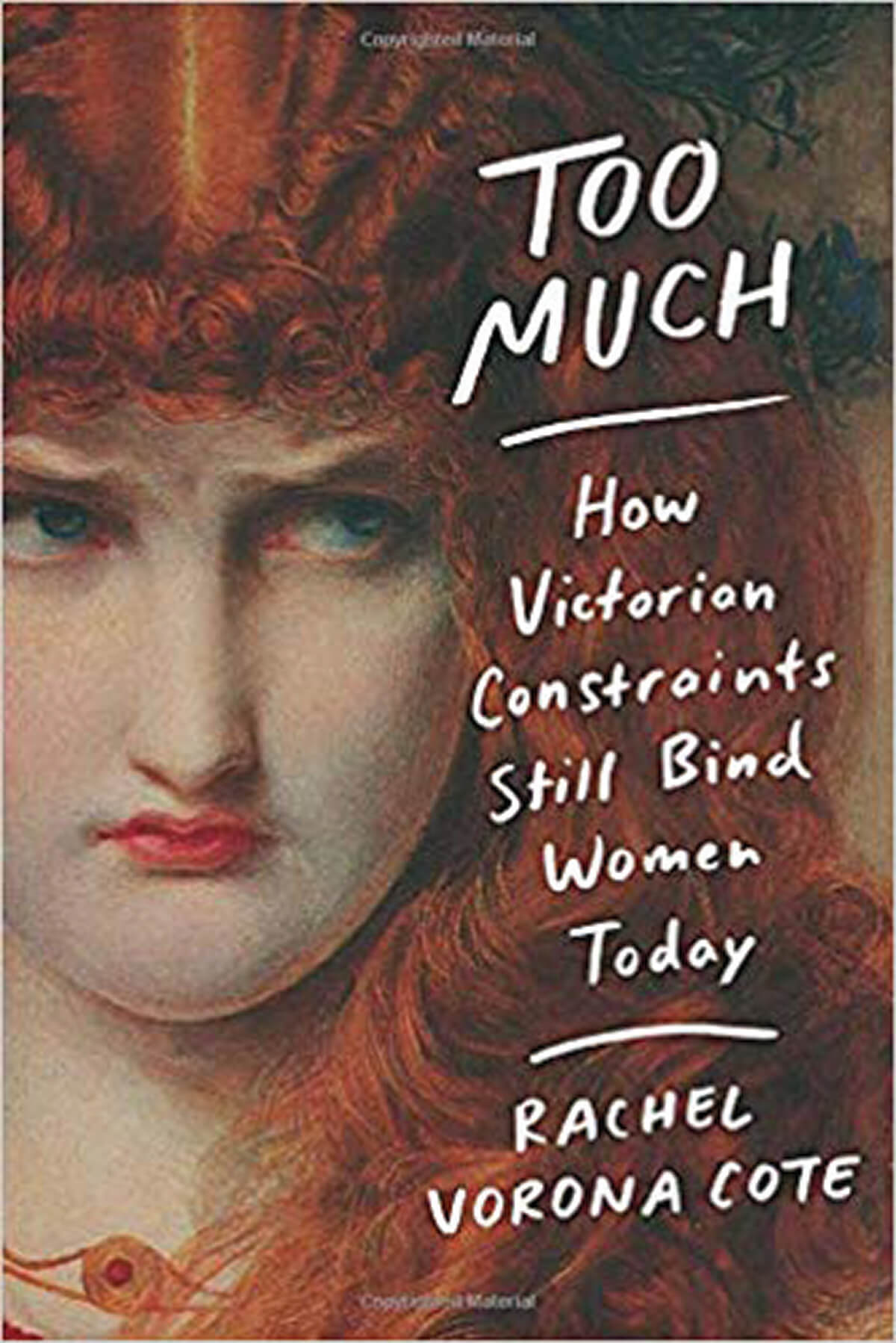Arts & Culture
Book Reviews: April 2020
The latest reads from Bill Ripken and Rachel Vorona Cote

State of Play: The Old School Guide to New School Baseball
Bill Ripken (Diversion Books)
The way Billy Ripken sees it, baseball’s ongoing culture war—which has pit “newschool” Moneyball-style datadriven believers against “old-school” traditional baseball minds—finally reached a point where he had to say something. Actually, many things. The more eccentric member of Baltimore’s famous baseball family and a former Orioles infielder and 12-year Major League Baseball veteran, “Cal’s younger brother” has now worked for more than a decade as a studio analyst for MLB Network. And over the past few years, he’s become frustrated as he’s watched the ideas and wisdom used effectively for decades by professional baseball folks like his father, former O’s manager Cal Ripken Sr., be overshadowed by new-age statistics and concepts whose proponents claim to more accurately represent the game. Over 200 pages, Ripken opens up a vein to debunk the truths assumed in many of today’s baseball narratives in an enlightening and opinionated read on the modern version of The Great American Pastime.—CM

Too Much: How Victorian Constraints Still Bind Women Today
Rachel Vorona Cote (Grand Central Publishing)
Rachel Vorona Cote takes the idea of a woman being “too much” and turns it on its head. Too loud? Too emotional? Too dramatic? Too fat? Perhaps this “too muchness” is the source of a woman’s creativity, power, and depth. The Takoma Park author traces back societal norms to the Victorian era, citing Sense and Sensibility alongside Sex and the City, analyzing Anne of Green Gables along with Lana Del Rey and Nicki Minaj, revealing how the heroines of our collective history have been viewed. In a writing style that’s part academic, part personal essay, Cote exposes her own struggles with “too muchness,” from her bisexuality to self-harm to body image, while synthesizing a woman’s place within the cultural context of femininity. Consider it required reading for feminists of all genders.—LL